Pearl gourami - Trichogaster leeri
Scientific name: Trichogaster leeri
Common name: Pearl gourami
Family: Osphronemidae
Usual size in fish tanks: 9 - 12 cm (3.54 - 4.72 inch)
014
Recommended pH range: 6.5 - 7.5
Recommended water hardness: 4 - 18°N (71.43 - 321.43ppm)
0°C 32°F30°C 86°F
Recommended temperature range: 23 - 28 °C (73.4 - 82.4°F)
The way how these fish reproduce: Spawning
Where the species comes from: South Asia
Temperament to its own species: peaceful
Temperament toward other fish species: peaceful
Usual place in the tank: Top levels
Origin
The Pearl Gourami (Trichogaster leeri) originates from the freshwater habitats of Borneo, Sumatra, and Thailand. They are commonly found in slow-moving rivers, swamps, and floodplains, where the water is warm, soft, and slightly acidic. Their natural habitat is rich in aquatic vegetation, providing plenty of cover.
Lifespan
With proper care, the expected lifespan of a Pearl Gourami is between 4 to 6 years. Some individuals may live longer in well-maintained aquariums with optimal water conditions.
Short Description
The Pearl Gourami is a peaceful and elegant species, ideal for community tanks. Their shimmering, pearl-like patterns and distinctive orange-red throat make them one of the most visually striking gouramis. However, while they are generally docile, males can become territorial with one another, especially during breeding. It is best to keep only one male per tank or provide ample space with hiding places.
They thrive in planted aquariums with plenty of cover, such as Java Fern or Cryptocoryne. Adding driftwood or smooth rocks provides additional hiding spots, ensuring a stress-free environment. Open swimming spaces are essential, and the water flow should be kept moderate to mimic their natural habitat.
Feeding
Pearl Gouramis are omnivores and will readily accept a variety of foods. A well-balanced diet includes:
- Staple diet: High-quality flake food or sinking pellets.
- Protein sources: Frozen or live foods such as brine shrimp, bloodworms, and daphnia.
- Vegetable matter: Blanched spinach, zucchini, or spirulina flakes.
For optimal health and coloration, feed them small portions 2-3 times a day and vary their diet regularly.
Sexing
Sexing Pearl Gouramis is relatively straightforward:
- Males: More vibrant coloration, particularly in the throat area, which develops a reddish or orange hue. They also have more elongated and pointed dorsal and anal fins.
- Females: Slightly duller in color and have a rounder belly, especially when carrying eggs.
Breeding
Pearl Gouramis are bubble nest builders, with males creating a nest at the water’s surface using bubbles reinforced with plant fragments. To encourage breeding:
- Provide floating plants like Pistia stratiotes or Common Duckweed to help support the nest.
- Keep the water temperature at 26-28°C (78-82°F).
- Reduce water flow to ensure the stability of the bubble nest.
Once the nest is ready, the male entices the female to spawn by performing an elaborate courtship display. During spawning, the pair entwines, and the female releases up to 200-300 eggs, which the male fertilizes and carefully places into the nest.
Post-spawning care:
- Remove the female immediately after spawning, as the male becomes aggressive in guarding the nest.
- The eggs hatch in 24-36 hours, and the fry become free-swimming after another 3-5 days.
- Feed the fry Infusoria or newly hatched brine shrimp until they grow large enough for crushed flakes.
Tank Mates
Pearl Gouramis are gentle fish that coexist well with other peaceful community species. Ideal tank mates include:
- Neon Tetras – Small, colorful, and peaceful schooling fish.
- Harlequin Rasboras – Great companions with similar water requirements.
- Sterbai Corydoras – Bottom-dwelling catfish that help keep the substrate clean.
- Ember Tetras – Vibrant, peaceful fish that add color to the tank.
- Otocinclus Catfish – Ideal algae grazers for a well-balanced tank.
Avoid aggressive or fin-nipping species, such as Tiger Barbs or Green Terrors, as they may stress or injure the delicate fins of Pearl Gouramis.
Recommended Plants
Pearl Gouramis thrive in well-planted aquariums with natural hiding places. The following plants are excellent choices:
- Java Fern – Hardy, attaches to driftwood and rocks.
- Anubias – Resilient and slow-growing, perfect for low-light conditions.
- Cryptocoryne Wendtii – Provides dense foliage for shelter.
- Vallisneria – Tall, grass-like plant that mimics their natural habitat.
Pictures
Bought by aqua-fish.net from jjphoto.dk
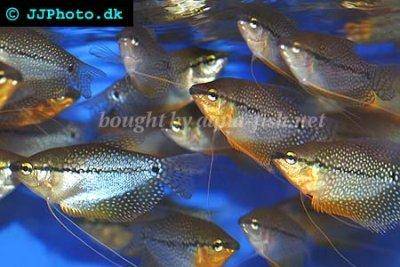


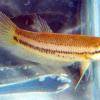 Akar
Akar 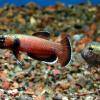 Whiteseam
Whiteseam 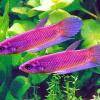 Giant
Giant 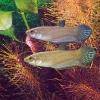 Betta
Betta 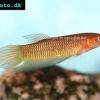 Slender
Slender 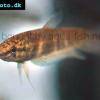 Betta
Betta 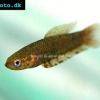 Brown’s
Brown’s 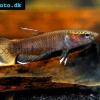 Snakehead
Snakehead 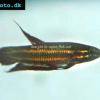 Wine
Wine 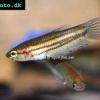 Edith’s
Edith’s 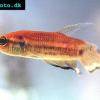 Blue
Blue 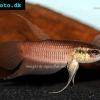 Betta
Betta  Peaceful
Peaceful 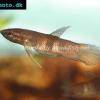 Kapaus
Kapaus 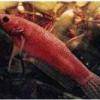 Eyespot
Eyespot 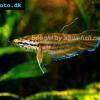 Spotted
Spotted 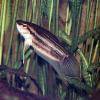 Forest
Forest 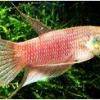 Schaller’s
Schaller’s 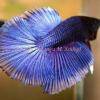 Siamese
Siamese 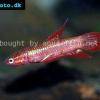 Chukai
Chukai 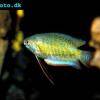 Banded
Banded  Dwarf
Dwarf 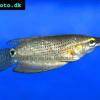 Frail
Frail 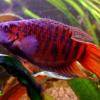 Paradise
Paradise 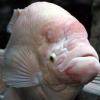 Giant
Giant 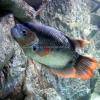 Giant
Giant 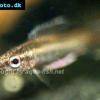 Licorice
Licorice 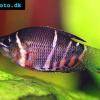 Chocolate
Chocolate 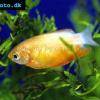 Honey
Honey 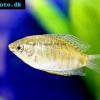 Thick
Thick 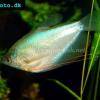 Moonlight
Moonlight 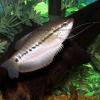 Snakeskin
Snakeskin 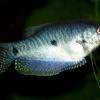 Blue
Blue